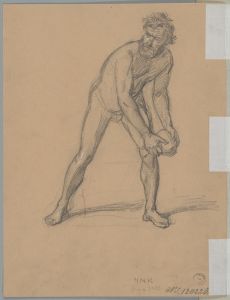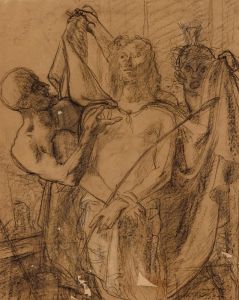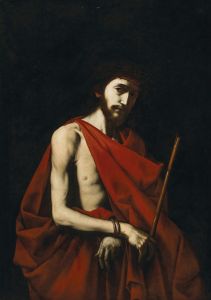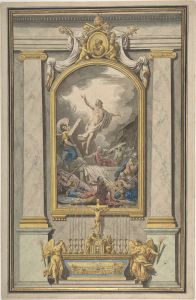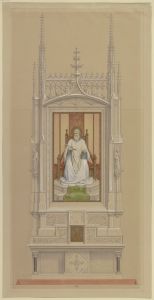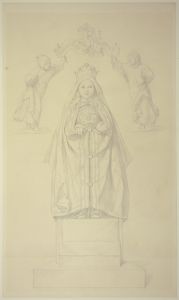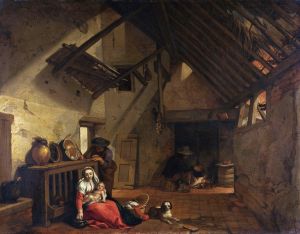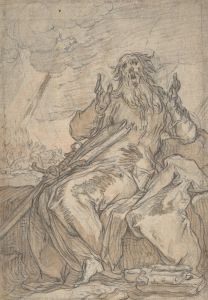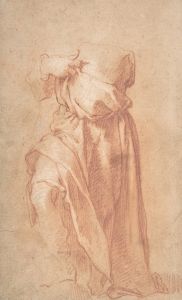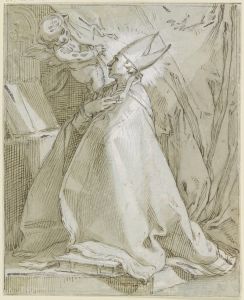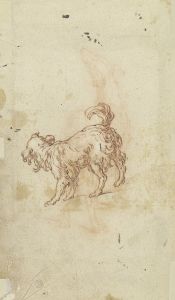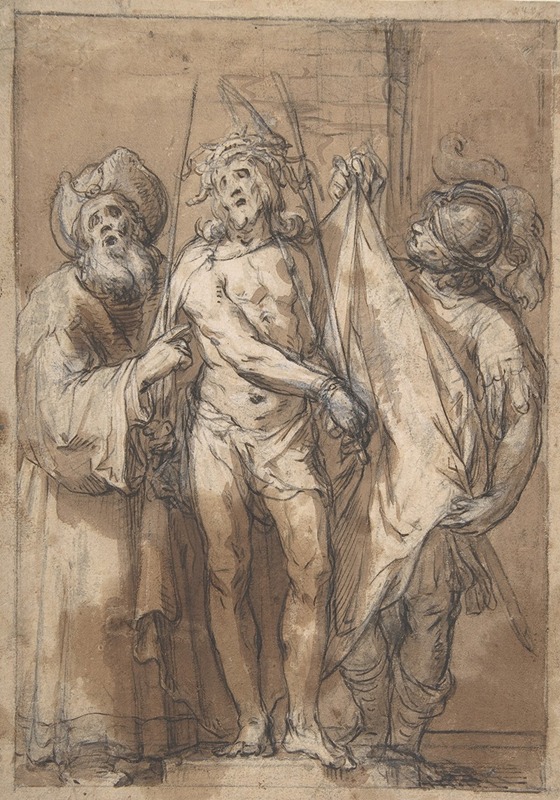
Ecce Homo
A hand-painted replica of Abraham Bloemaert’s masterpiece Ecce Homo, meticulously crafted by professional artists to capture the true essence of the original. Each piece is created with museum-quality canvas and rare mineral pigments, carefully painted by experienced artists with delicate brushstrokes and rich, layered colors to perfectly recreate the texture of the original artwork. Unlike machine-printed reproductions, this hand-painted version brings the painting to life, infused with the artist’s emotions and skill in every stroke. Whether for personal collection or home decoration, it instantly elevates the artistic atmosphere of any space.
Abraham Bloemaert, a prominent Dutch painter and printmaker of the late 16th and early 17th centuries, created several works of religious and biblical themes during his career. Among these is "Ecce Homo," a depiction of the moment in the Passion of Christ when Pontius Pilate presents Jesus to the crowd, saying, "Ecce Homo" ("Behold the Man"). This subject was a common theme in Christian art, particularly during the Renaissance and Baroque periods, as it allowed artists to explore themes of suffering, redemption, and human emotion.
Bloemaert's "Ecce Homo" reflects his mastery of composition and his ability to convey dramatic intensity. While specific details about the exact date of this painting's creation are not widely documented, it is consistent with the stylistic elements of his mature period, which was influenced by both Mannerism and the emerging Baroque style. Bloemaert was known for his dynamic use of light and shadow, as well as his skill in rendering the human figure with emotional depth, qualities that are evident in this work.
The painting portrays Christ crowned with thorns, his hands bound, and his body draped in a red or purple robe, symbolizing mockery of his claim to kingship. The figure of Christ is often central in such compositions, surrounded by soldiers, onlookers, or Pilate himself. Bloemaert's treatment of the subject emphasizes the physical and emotional suffering of Christ, inviting the viewer to reflect on the themes of sacrifice and compassion.
Abraham Bloemaert was a key figure in the Utrecht School of painting, and his works often combined the dramatic lighting and realism of Caravaggio with the more decorative and elongated forms of Mannerism. His "Ecce Homo" exemplifies this synthesis, showcasing his ability to balance theatricality with a sense of human vulnerability.
The painting is housed in a private collection or museum, though its current location is not definitively recorded in public sources. Bloemaert's works, including "Ecce Homo," continue to be studied for their contribution to Dutch art and their role in the broader context of European religious painting.
Further research into this specific painting may provide additional insights into its provenance, commission, and historical context. However, based on the available information, "Ecce Homo" by Abraham Bloemaert stands as a testament to his skill as a painter and his engagement with the spiritual and artistic concerns of his time.





